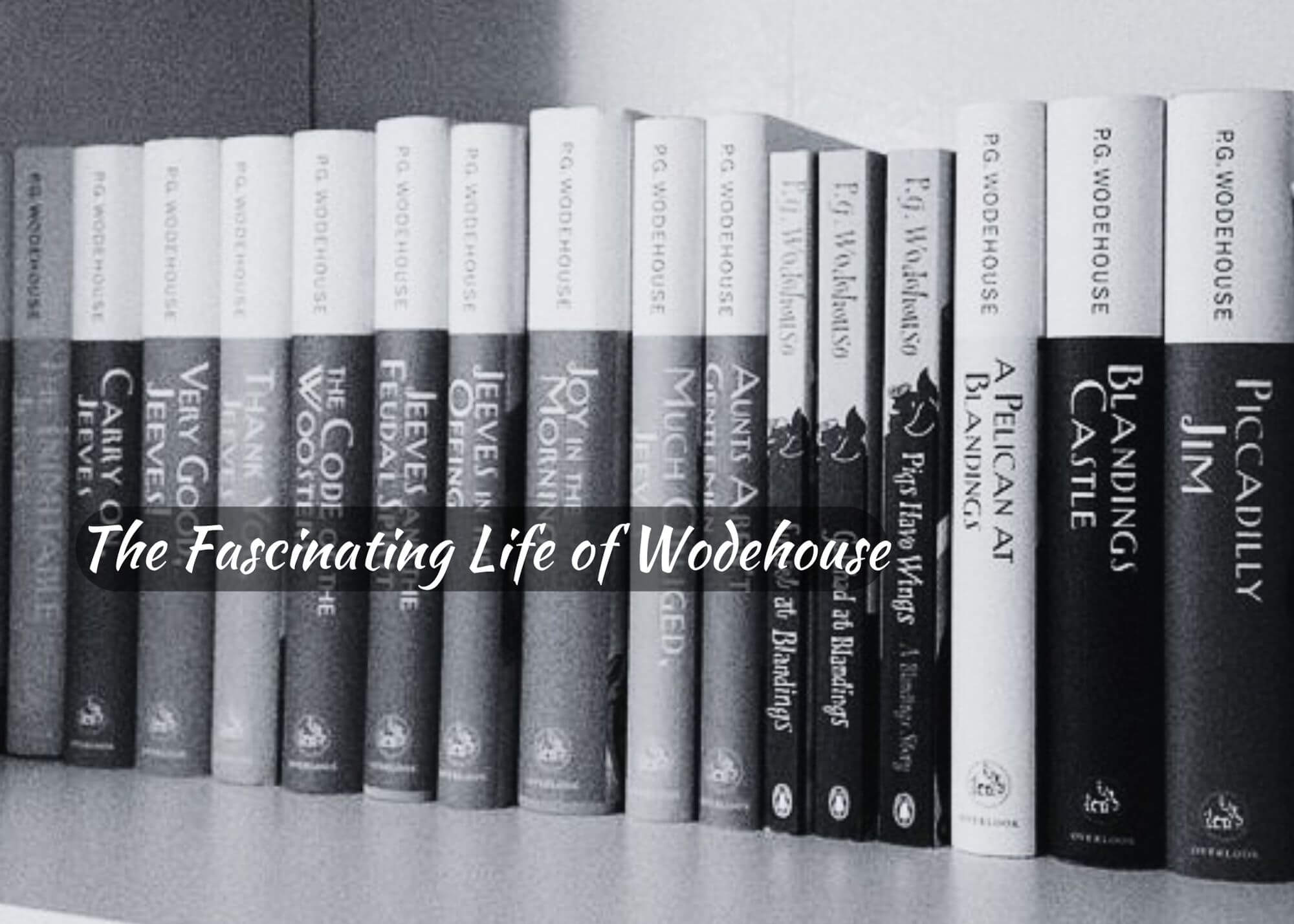Reading Time: 4 minutes
Madhuri profiles the irresistible charm of Wodehousian humour as we delve into the life and legacy of the prolific and reclusive wordsmith, Pelham Grenville Wodehouse, exclusively for Different Truths.
My first experience of Wodehousian humour was when I read Carry on Jeeves, a collection of short stories starring Bertram Wooster and Jeeves, in my high school days. I had never seen Wodehouse’s books in the house before but had not sampled them as my reading list at the time was confined to comics of all kinds and the writings of Enid Blyton, Dickens, Twain, and a few others. But once I sampled Wodehouse, I took to his writings as fish takes to water.
As I grew more familiar with Wodehouse, I found aspects of his life ring a familiar chord in me. For instance, he was into storytelling even before he went to school. Here is a sample of what he wrote when he was seven: “About five years ago, in a bush, there was a Thrush, who built her nest on a Poplar tree and sang so beautifully that all the worms came up from their holes and the ants laid down their burdens, and the crickets stopped their mirth, and moths settled all in a row to hear…”.
His distancing himself from reality was rooted in his own childhood.
Another similarity I discovered was his reclusive nature and fear of people. He was the sort who would have hesitated to tell the liftman which floor he wanted to go to. He was most happy when he was in his own imaginary world. His distancing himself from reality was rooted in his own childhood.
Pelham Grenville Wodehouse (Plum or Plummie to friends) was born on October 15, 1881, in Guildford, Surrey, as the third of four sons to Henry Ernest and Eleanor Wodehouse. Running in his veins was the blood of the Tudor nobles as he was a direct descendant of Lady Mary Boleyn, the younger sister of Anne Boleyn. She had married William Carrey and their son; Henry Carey had been ennobled by Anne Boleyn.
Wodehouse was never carried away by his noble antecedents. Nor did he have any close ties with his family. From an early age, he lived far away from his parents and brothers. His father was earning bread in Hong Kong as a magistrate, and both parents had decided that their children ought to live and study in England.
Wodehouse began his school days in a public school but then drifted to Dulwich…
Wodehouse began his school days in a public school but then drifted to Dulwich where his elder brother Armine was also studying. Armine studied in Oxford and then came to India as an English professor, teaching at Central Hindu College, Benares. While in Mumbai he had lived in a Wodehouse cottage located on what is known as Wodehouse Road, Colaba.
PG Wodehouse was not as lucky as Arnie. His father couldn’t afford to send him to Oxford. So, he attended Dulwich College till he was 19. After that, he was sent to London to work as a clerk in the Hong Kong and Shanghai Bank. But his heart was in his writing, and he tried to earn a livelihood out of it. In 1902, he left the bank job and became a freelance journalist contributing to The Globe, Punch, and other publications. The same year he also published The Pothunters, the first of his school stories series. These early works clearly showed his assets as a writer, namely, his language and sense of humour. He was able to work at a fast pace, churning out wholesome entertainment by the lot. Soon his gaze shifted to the US. He banked on the dramatisation of A Gentleman of Leisure, which had Douglas Fairbanks Sir in the key role. After marriage in 1914, he met Guy Bolton who was in musicals.
The Wodehouse -Bolton team went into action and proved successful on New York’s musical circuits. One of the stories prepared that year was Extricating Young Gussie, the tale that introduced Wooster and Jeeves to the world. In the coming years, he experimented with form and style and soon introduced Piccadilly Jim, Archie, Jill, Sally, and Cuthbert. With the publication of Leave it to Psmith (1923), he shifted from school stories and concentrated on a pattern with which he was home. The radical shift was followed by the most famous Wodehousian tales including and Wooster series, the Blanding’s Castle series, the Mulliner series and the Monty Bodkins tales.
Wodehouse was a workaholic and produced 96 books,16 plays,18 musical plays…
Wodehouse was a workaholic and produced 96 books,16 plays,18 musical plays and the scenarios of half a dozen films. Though he occasionally drew from real life much of his work is purely imaginative. He generally led a dull life, most of his actions happened only in the manuscripts coming out from his heavy Royal typewriter. He was labelled a traitor painfully when he had agreed to broadcast on German wavelength, which was termed as German propaganda. He was released in 1941.
Till last the suppleness of his prose and shrewdness of his humour had not diminished. He released five books after his 90th birthday, including Bachelor Anonymous1973 and Aunts aren’t Gentlemen 1974. He was knighted in February 1975 but died a month after from a skin infection trying to finish his 97th book. Thus, the master of knockabout humour finally retired.
Picture design by Anumita Roy
